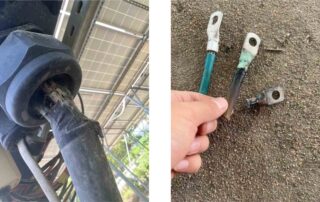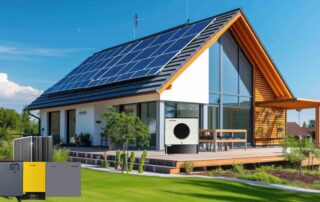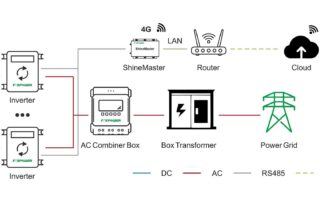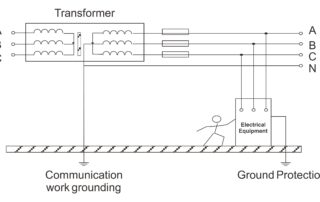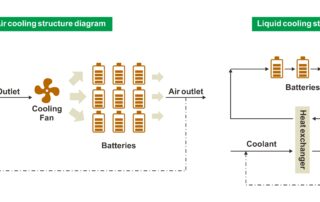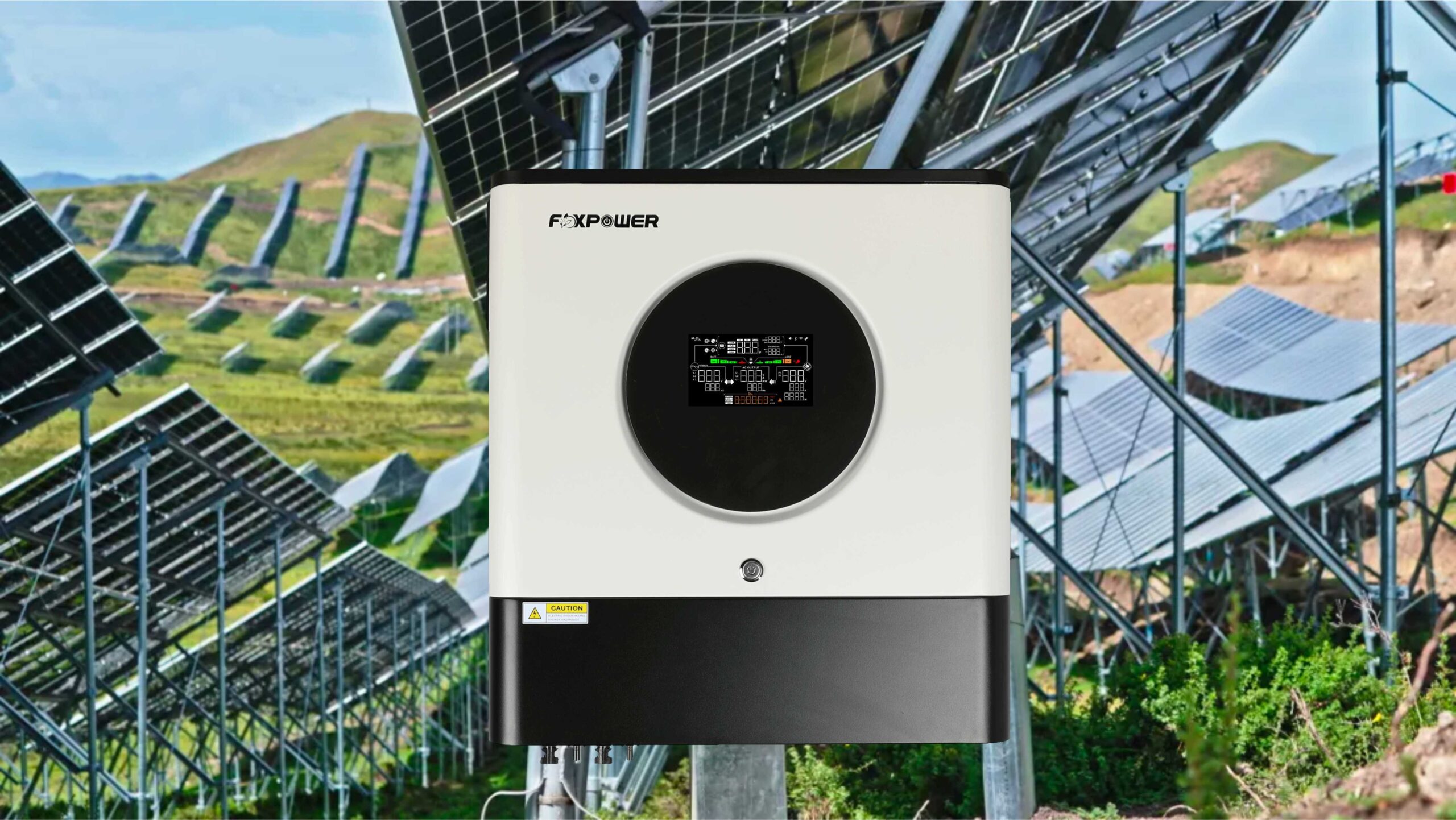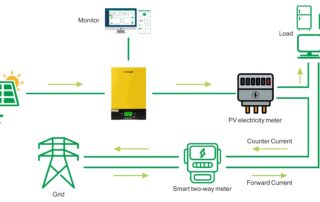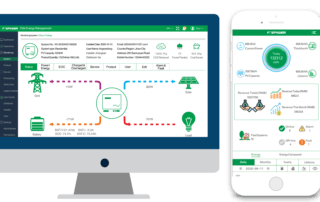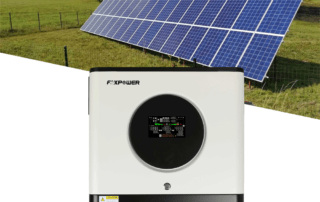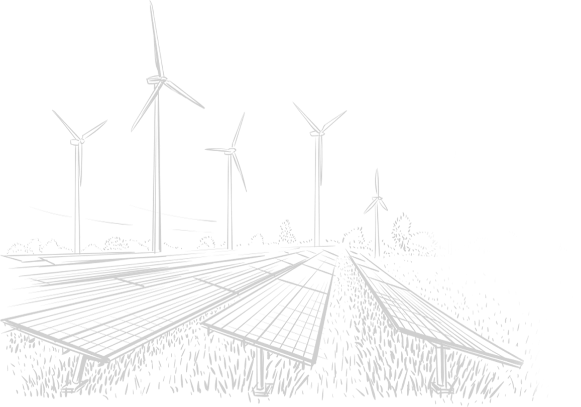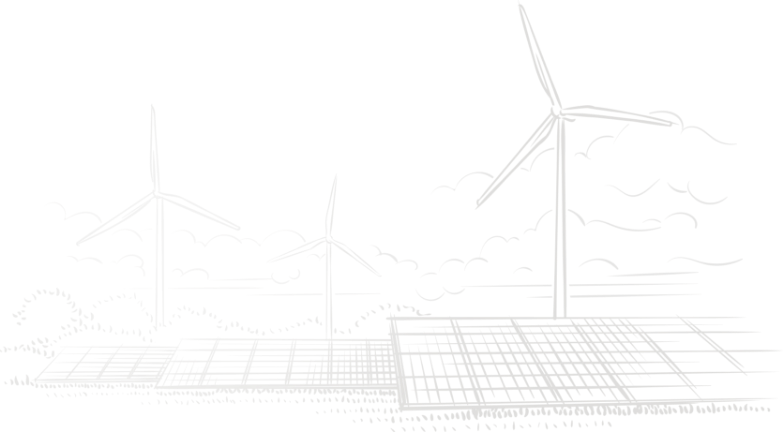Factors affecting the power generation of photovoltaic power plants
For investors in photovoltaic power plants, every additional kilowatt hour of electricity generated by the power plant generates an additional kilowatt hour of income, as the power generation of the power plant directly affects the investment return cycle. Therefore, the most important concern for investors is the power generation of the power plant. The power generation of a photovoltaic power station can be affected by many factors, such as the quality of photovoltaic modules, inverters, cables, installation orientation and inclination angle of modules, dust and shadow obstruction, photovoltaic module inverter ratio system scheme, grid quality, etc. The impact of shadow occlusion on power generation Among the many factors that affect the power generation of photovoltaic power generation systems, shadow shading is a common one. Common shading mainly includes power poles, trees, guardrails, bird droppings, dust, and front and rear row shading of components. During the construction process of many power plants, it is often impossible to completely avoid shadows, [...]

